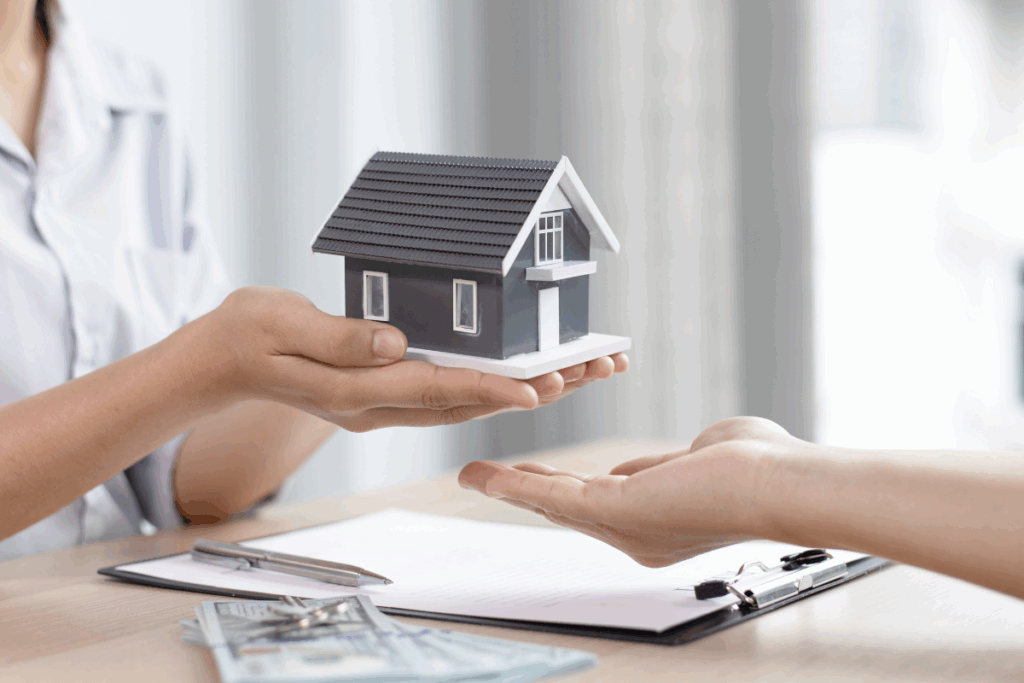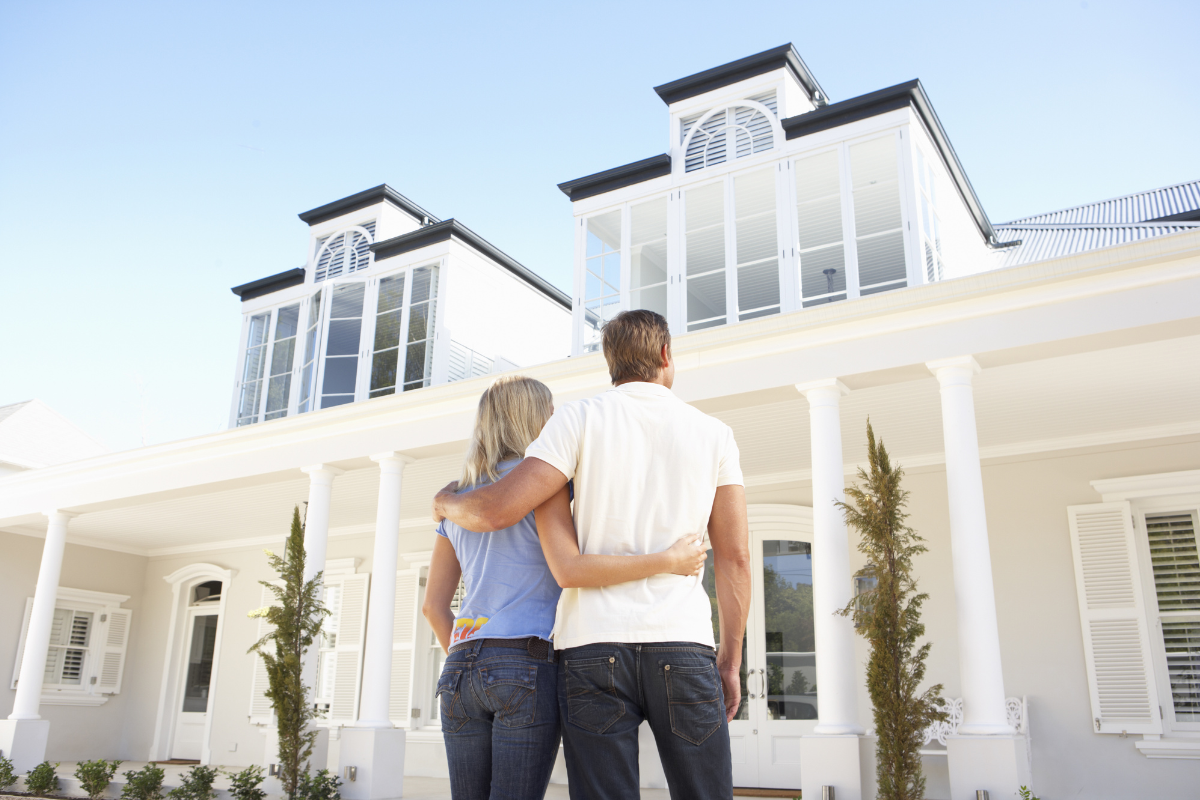For many Singaporeans, owning an HDB flat is more than just securing a place to live — it marks a significant life milestone. However, transforming that space into a comfortable, stylish, and functional home takes more than just filling it with furniture. Renovating an HDB flat offers homeowners the opportunity to express their personality, improve liveability, and add long-term value to the property. This article delves into the intricacies of HDB renovation, revealing the secrets to turning your flat into the dream home you’ve always envisioned.
Before diving into design styles or choosing a contractor, it is crucial to grasp the fundamentals of HDB regulations. As public housing is managed by the Housing and Development Board, any renovation work must comply with specific guidelines. These include restrictions on hacking structural walls, rules about wet works (e.g., tiling and waterproofing), and permitted hours for noisy work. Understanding these constraints not only avoids penalties but also helps streamline the entire renovation process.
Essential HDB Renovation Guidelines
- Work hours: Noisy renovations are allowed only between 9am to 5pm on weekdays.
- Wall hacking: Requires HDB approval; structural walls cannot be removed.
- Bathroom renovations: Waterproofing works come with a 3-year restriction period for new flats.
- Flooring materials: Must meet HDB’s slip resistance and durability standards.
A reputable interior designer (ID) or contractor will be well-versed in these rules, ensuring the renovation is compliant from the outset.
Every successful renovation begins with clarity. Ask yourself: what do you truly need from your home? Is it more storage? A workspace? A larger entertaining area?
Key Considerations:
- Household Composition: A couple’s needs will vastly differ from a multi-generational family. Layouts must account for privacy, noise control, and shared spaces.
- Lifestyle: Are you someone who cooks daily or orders out? Do you entertain often or prefer quiet solitude?
- Future Plans: Consider flexibility. A nursery may become a study in a few years. Plan for these life transitions.
Creating a functional home means anticipating needs — both current and future — and integrating them seamlessly into the design.
Budgeting is arguably the most daunting part of a renovation journey. While the average cost of renovating a 4-room HDB flat ranges from SGD 40,000 to SGD 70,000, this can vary significantly based on scope and materials.
Cost Breakdown:
- Hacking and masonry: $10,000–$15,000
- Carpentry (e.g., built-in wardrobes, kitchen cabinets): $10,000–$25,000
- Electrical and lighting: $3,000–$7,000
- Plumbing: $2,000–$5,000
- Painting and finishing: $1,000–$3,000
- Furniture and decor: $5,000–$15,000
Budgeting Tips:
- Prioritise function over aesthetics if constrained. You can always upgrade decorative features later.
- Mix high and low: Splurge on statement items like a marble countertop but save on cabinetry with laminate finishes.
- Apply for HDB’s Optional Component Scheme (OCS) when available to offset initial renovation needs, such as flooring or sanitary fittings.
Designing a home is not just about picking a theme — it’s about curating an experience. In Singapore’s compact flats, smart design is both an art and a science.
Popular Design Styles in HDB Flats
- Scandinavian: Minimalist and functional with light wood tones and neutral palettes. It offers a sense of calm and spaciousness.
- Modern Industrial: Exposed piping, cement screed floors, and matte black finishes add a raw but refined touch.
- Japandi: A blend of Japanese simplicity and Scandinavian comfort, perfect for creating zen-like interiors.
- Contemporary Luxe: Gold accents, marble textures, and plush furnishings elevate even the smallest of spaces.
Space-Enhancing Tricks
- Use mirrors strategically to reflect light and make rooms feel larger.
- Opt for sliding or pocket doors to save space in tight areas.
- Vertical storage solutions like floor-to-ceiling cabinets make use of unused wall space.
- Consistent colour schemes across rooms create visual harmony.
A well-designed home does not need to be extravagant — it needs to be thoughtful. Each element, from lighting to layout, should serve a purpose.
One of the key challenges in HDB living is storage. But the solution isn’t always adding more cupboards — it’s about smarter design.
Smart Storage Ideas:
- Bay window cabinets double up as seating and storage.
- Platform beds with drawers underneath offer hidden compartments without visual clutter.
- Built-in niches in bathrooms for toiletries remove the need for bulky shelves.
- Multi-functional furniture like storage ottomans or extendable dining tables.
Incorporating storage from the outset ensures a clutter-free environment, promoting peace of mind and ease of movement in smaller spaces.
The Role of Lighting and Colour Psychology
Lighting is often overlooked, but it can radically alter a room’s mood and functionality.
Layered Lighting Strategy
- Ambient lighting (e.g., ceiling lights) for general illumination.
- Task lighting (e.g., under-cabinet kitchen lighting) for specific activities.
- Accent lighting (e.g., track lights or LED strips) to highlight features or add drama.
Colour Psychology
- Whites and creams open up spaces.
- Greens and blues foster calmness and focus — ideal for bedrooms or studies.
- Bold colours like navy or deep maroon can create elegant contrasts if used sparingly.
Natural light should also be maximised where possible. Consider sheer curtains, open-concept layouts, and reflective surfaces to brighten the space.
A seasoned interior designer or contractor can make or break a renovation. Always request portfolios, verify licences, and check reviews on platforms such as Qanvast or RenoTalk.
Key Questions to Ask:
- Is your contractor HDB-licensed?
- What warranties are offered post-renovation?
- Do they handle submission of permits and applications?
- What is the payment schedule like?
It is advisable to get at least three quotations before committing. A transparent and communicative professional will not only deliver on aesthetics but ensure timelines, costs, and quality are tightly managed.
Renovations, especially major ones, are rarely quick. Understanding the general flow can help manage expectations.
Typical Timeline for a 4-Room Flat Renovation (8–12 Weeks)
- Design finalisation and approvals – 2 to 3 weeks
- Hacking and masonry – 1 to 2 weeks
- Plumbing and electrical works – 1 to 2 weeks
- Carpentry fabrication – 3 to 4 weeks (usually done off-site)
- Painting and final installations – 1 to 2 weeks
- Cleaning and defect rectification – 1 week
Factor in delays, particularly during peak seasons or for customised orders. A good project manager will keep everything on schedule and communicate any hiccups early.
Post-Renovation: Maintenance and Longevity
Your dream home doesn’t end with handover. Proper maintenance ensures the space remains functional and beautiful for years to come.
Maintenance Tips:
- Use gentle cleaners on carpentry and stone surfaces.
- Regularly check plumbing and silicone seals to prevent leaks or mould.
- Repaint every 3–5 years depending on wear and tear.
- Service air-conditioning units every 6 months for efficiency.
Investing in quality materials during renovation can reduce long-term maintenance costs. For instance, quartz countertops may cost more upfront but are highly durable and stain-resistant.

Renovating an HDB flat is a delicate dance between function, regulation, and personal expression. It requires vision, planning, and adaptability — but the rewards are immense. With the right strategy and guidance, even the most modest space can be transformed into a sanctuary that reflects your taste and supports your lifestyle.
Ultimately, the secret lies not just in beautiful tiles or designer fixtures, but in creating a home that feels authentically yours. After all, the true mark of a successful renovation isn’t just aesthetic — it’s how well the space works for you every single day.

